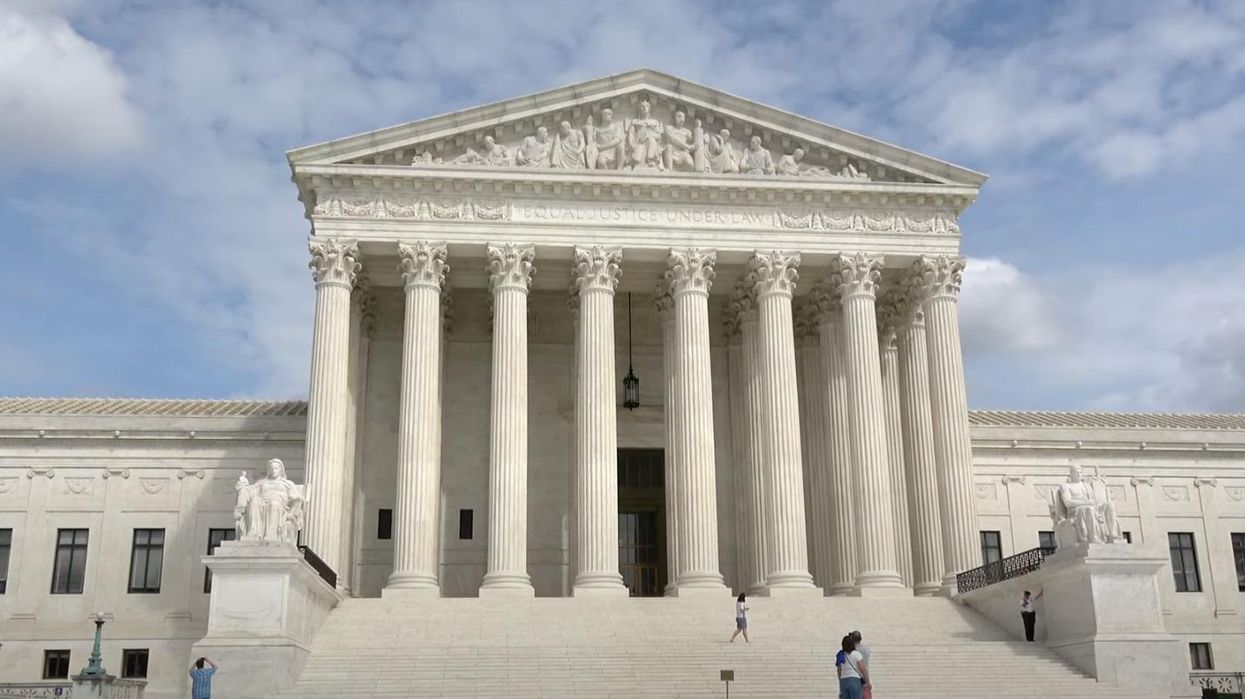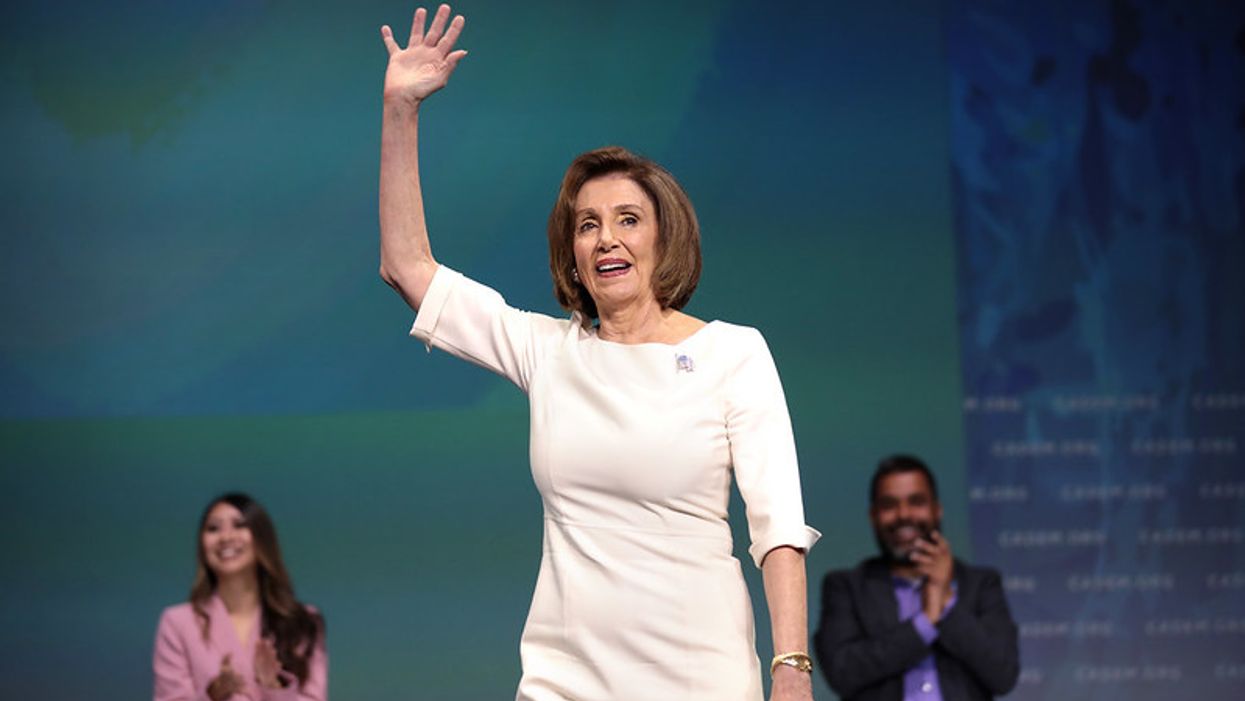Ever since the early morning hours of November 9, 2016, standing in a ballroom with red-hatted Trump election celebrants in the New York Hilton, I’ve been waiting for this moment. This eruption of misogyny, unlike any since perhaps the witch trials and the burnings of midwives at the stake, was only a matter of time.
As shocking, as wildly insulting as that pussy-grabber winning the presidency was to American women and girls, it was just the beginning of what appears to be a long season of sadism.
Who Let The Dogs Out?
The election of Donald Trump signaled a cutting of the chain-link fence behind which something drooling and ferocious had been waiting. Unfortunately, what most of us didn’t fully grasp then was just how powerful that force of (male) nature was. Too late we understood that it had been long licking its wounds in a dark corner gathering strength. We sensed it for years, of course, but we didn’t know just how feral and hungry it might prove to be.
Remember the things that once had the power to shock us? They seem so meh now: American voters electing to the highest office in the land someone credibly accused of sexual harassment and assault, on record advising a younger man to “grab ’em by the pussy.” And that was after a presidential campaign in which he and his supporters had showered his female (“rhymes with witch”) opponent with profane misogynistic abuse.
Soon, The Donald and his followers had normalized everyday misogyny, celebrating their leader’s tendency to reduce all women to strip-club sexual attractiveness. Mini-Trumps sprouted in lesser elected positions across the country, publicly calling elected women or those campaigning for office witches and worse. We even got used to the seating of a new rightist Supreme Court with, for added insult, one new justice credibly accused of sexual assault and another a member of a religious cult that called women “handmaidens.”
Meh, meh. That, too, it turns out, was just the beginning.
We’re now living in the after-times of all that the Trump years unleashed.
In 1991, Susan Faludi wrote a book, Backlash:The Undeclared War Against Women, chronicling the ways in which the patriarchy was then fighting to reverse the gains made by our mothers and grandmothers. They were the ones who had braved public scorn in their struggle to pull American women out of their assigned roles as pointy-bra-wearing, breathy vixens consigned to housewifery or professional lives as secretaries, nurses, or at best teachers.
Faludi was spot on, of course. Sadly, though, the backlash of the 1980s she chronicled would prove to be just a prologue. Having had it named for us, you might think we could have checked that backlash and maintained momentum toward gender equality. Who in the 1990s could have imagined a day when elected men in at least 25 states would be legally enabled to force raped women to give birth or prevent doctors from performing procedures to save women likely to die of pregnancy? Who could have predicted the level of hatred toward women embodied in those very statutes and openly spoken of without shame or hesitation by elected leaders?
Obviously, we should have known better.
The change that felt so natural to those of us who came of age between 1970 and the turn of the century was not natural to them. Not even faintly. Never in recorded history had there been such an upending of patriarchal power as in the years when we grew up. We tend to take it all for granted, but the challenge to male power from the successes of second-wave feminism (and access to birth-control options) was indeed unique.
The facts speak for themselves: A majority of women now work outside the home, and we outnumber men in college attendance, too — signaling even greater numbers of women who should be able to rely economically on themselves instead of male partners. American women were enabled to escape lives of utter dependence on men, precisely because we had access to contraceptives and abortion, and for the first time in history were able to control if, when, and with whom we would bear children.
All that represented serious, deeply meaningful change. It altered the way young women and young men interacted, sexually and socially. Admittedly, we are still far from parity. The development of Silicon Valley, another economic revolution like the industrial one, created a new flood of male-only economic dynasties that once again shut out women (who weren’t wives) from the upper reaches of the economy. But the trend lines in general were upending eons of power relations between men and women at the most intimate, domestic level.
It was only a matter of time — and we should have known it — before such advances provoked the beast. The election of Donald Trump provided a green light for the release of sick, dark fantasies of revenge and a resurgence of the apparently ineradicable urge among some men to rule women utterly and completely.
The Predator’s Ball
I’ve always found the Hulu series The Handmaid’s Tale to be unwatchable, misogynistic torture porn. As a young English major in the 1980s, I read Margaret Atwood’s novel. I understood it then as a dystopic satire on the theocratic woman-controlling impulses already bubbling up around the edges of American society, which that Canadian writer had creatively taken to their logical conclusion.
The streaming series, however, was something else. The graphic and repeated scenes of actress Elisabeth Moss’s subjection as Offred, including the rapes and various bloody mutilations and punishments visited on her and her sister handmaidens, all converged into a category of visual titillation that went straight to the amygdala. I could imagine men who didn’t find such visual crap as impossible to watch as I did.
The fact that the producers were men had, I’m sure, something to do with the tone.
But today, the horror is this: it’s not confined to a Hulu series anymore. The extreme right in American politics is openly working off the playbook of Atwood’s fictional Republic of Gilead. Its urge is to construct an all-American theocracy in which the Old Testament Biblical rights of men to control women as reproductive chattel are restored to them.
There was a time not that long ago when American women could assume our foes were safely isolated in pockets of lunacy like Missouri, where 2012 Republican Senate nominee Todd Akin famously suggested that rape can sometimes prevent pregnancy. Another example: Nevada, where a 2010 anti-abortion Tea Party candidate explained her “no exceptions for incest” position by suggesting that girls impregnated by their own fathers should remember that “two wrongs don’t make a right.”
We laughed at them then. But the Supreme Court’s overturning of Roe v. Wade has emboldened those freaks to leave their hidey-holes and, as Dr. Phil might put it, open up about their true feelings.
Let’s start with Charlie Kirk, Jr., the co-founder of Turning Point USA (TPUSA), which exists mainly to bus conservative college students to fill seats at Trump rallies or form media-attracting long lines to shake hands with Marjorie Taylor Greene and harass progressive college professors.
Kirk has a podcast and a massive social media following. On June 24, in the giddy aftermath of the Roe decision, he gushed about his feelings to his 1.7 million Twitter followers this way (italics mine): “Notice who is marching in the streets: single, unmarried, mostly white, college educated women. Frankly it’s foolish to call conservatives racist — who we actually can’t stand are angry, liberal, white women.”
He was probably disappointed when he only garnered 6,860 likes.
Kirk and his fellow travelers seem to be engaged in a competition to revile women. A few months before Roe was overturned, former NFL football player and Republican candidate for lieutenant governor of Minnesota Matt Birk actually got a twofer by slamming working women and supporting rapists simultaneously. Abortion rights, he said, lead to working women who then “go to the rape card” if abortion is restricted. He added: “It’s not over. Our culture loudly but also stealthily promotes abortion. Telling women they should look a certain way, have careers, all these things.”
Have careers, and all these things.
At Charlie Kirk’s recent TPUSA convention in Tampa, Florida, Republican Congressman Matt Gaetz brayed to a roomful of young men and women this way: “Why is it that the women with the least likelihood of getting pregnant are the ones most worried about having abortions? Nobody wants to impregnate you if you look like a thumb.” (Try to imagine the pasted-on cheerleader smiles of the women in his audience listening to that.)
Who cares about words, though, when sticks and stones — and laws — actually break our bones (or cause us to bleed to death)? Straight from the Gilead playbook, the theocrats are trying to force women who need abortions to stay within the restrictive borders of their states. You don’t even need to imagine how closely this tracks with scenes in Hulu’s Handmaid’s Tale. A liberal/left-leaning political advocacy group, Meidas Touch, has created a little video clip to help you see it all too graphically.
In the past few weeks alone:
Texas Attorney General and indicted securities fraudster Ken Paxton sued the federal government to stop the implementation of the Biden administration’s requirement that abortions be performed in case of emergency, when the life of a mother is at stake. Texas is officially on record now, working in the courts to make sure women likely to die of pregnancy actually do so.
Idaho Republicans rejected a measure to allow a life-saving abortion. The man behind the proposal to criminalize all abortions from the moment of conception, Scott Herndon, is running unopposed for a state senate seat. He called it a “declaration of the right to life for reborn children.”
Or look to Texas again for proof that “pro-life” care for the “pre-born” child is a lie and not the real reason for the race to control uteri. A recent Texas Tribune/ProPublica investigation revealed that ironclad anti-abortion Texas is one of just a few states that doesn’t allow Medicaid coverage for a full year after a poor woman gives birth. How caring!
Democratic and progressive strategists and speechwriters don’t have to look far to find outrageous anecdotes. When President Biden mentioned a 10-year-old Ohio rape victim forced to travel to Indiana for an abortion, the rightwing info-silo, including the Wall Street Journal, promptly cast doubt on the very existence of the child and the rape. When the alleged rapist was arrested, theocrats continued to offer up treacly, sick excuses, dripping with sanctimony, for why even children should be forced to give birth.
“She would have had the baby and, as many women who have had babies as a result of rape, we would hope that she would understand the reason and ultimately the benefit of having the child,” pro-life lawyer and former Indiana deputy attorney general Jim Bopp typically told Politico. He was, of course, speaking of that 10 year-old whose medical care he would have wanted to prohibit in his state.
Reports of the post-Roe effects of care withheld are starting to hit the national news, with bleeding women and those with deadly infections having to wait for legal analyses or travel to distant places to find doctors. As one physician who narrowly saved the life of a miscarrying woman in Texas (having had to wait for the fetal heartbeat to finally stop) put it: “The patient developed complications, required surgery, lost multiple liters of blood, and had to be put on a breathing machine.” Her life was indeed saved, but in our new post-Roe world, barely.
The Disunited States Of Pro-Choice
There is no doubt in my mind (nor in Margaret Atwood’s) that we’re now witnessing a real-life attempt to construct her once-fictional Republic of Gilead in our country. It will be complete with forced birth and rape as a means of master-race reproduction — plus lots and lots of female blood.
On the upside, the insane depredations, verbal and legal, being visited on women in these post-Roe months have already handed the Democrats a wealth of material from which to craft effective messages and potentially gain an edge in the coming midterm elections. The question is: Does the party have the will and skill to do it? If past is prologue, we can’t be sure.
For too long, the onus has been on women to figure out how to protect themselves from fanatical political misogyny. For example, when it comes to abortion, feminist activists have long urged women to “tell” their stories. Some are now bemoaning the fact that not enough of us did so before the Supreme Court overturned Roe.
The logic here is that if more women talked openly about their experiences, we would “normalize” that procedure. But is that true? Why should women have to “share” personal information in order to sustain our privacy, a right we actually possess, whether secured by law or not?
Our abortion stories couldn’t convert Justice Amy Coney Barrett or deter any other fanatical fetal rights activists from their appointed task before Roe was overturned. And why, in any case, should women ever have to discuss personal reproductive options and decisions outside a doctor’s office?
There is one exception. Survivors of illegal abortions do a service to the cause by sharing these stories. I recommend, for instance, French writer Annie Ernaux’s book The Happening, a short chronicle of her botched back-alley abortion in Paris in 1964. That bloody, terrifying account ranks with the most harrowing war stories ever written.
When abortion is relegated to dirty back rooms, women’s bodies become literal combat zones. The most resonant line among many comes when Ernaux describes the searing pain of a fake doctor inserting a tube into her uterus to start the process. “At that point I killed my mother inside me,” she writes.
A legion of organizations is now coalescing to assist women who will need abortions in the half of America where they’ll be faced with the same horrific choice Ernaux survived. (Some of those efforts are aggregated here and here.)
Doctors, to their credit, seem to be stepping up for women. The American Medical Association (AMA) issued a strong statement opposing the politicization of reproductive medicine. Its president, Jack Resneck, has warned lawmakers of the challenges they’re creating for doctors. The problem is, it might not matter. Like the American Bar Association’s declining influence in the selection of federal judges — unprecedented numbers of Trump’s appointees were deemed unqualified by that group — the AMA has limited influence in a world where significant numbers of the info-silo’ed believe Covid-19 is a hoax and the vaccines for it contain tracking microchips.
Politically, doctors aren’t going to save us anyway. For too long, even at the greatest women’s march of my adult lifetime, the anti-Trump protest in Washington on January 17, 2017, women have presented a disunited front. The history of the fracturing of the women’s movement is long and sad. Discussions of it are fraught territory, mined with political IEDs that I’d rather avoid. I’ll only say this: Why is it that Congress instantly got moving on the gay marriage law after Roe was overturned (and yes, I’m for it!), when it can’t even get the basics for women passed in the federal Women’s Health Protection act. (The Senate has blocked it twice already.)
The answer, at least in part: advocacy solely for women is always easier to defeat than advocacy for issues that also involve men.
Furthermore, we’re weakened from the inside. As Pamela Paul pointed out in a controversial post-Roe New York Times op-ed on the erasing of women, even Planned Parenthood, NARAL, and the ACLU have stopped using the word “women” in discussing abortion in favor of phrases like “pregnant people” or “birthing people.” That the very definition of women is now added to decades of the slicing and dicing of women’s groups into narrower and narrower subdivisions of identity only weakens the movement.
It’s true that heterosexual white women are historically privileged over women of color or of different sexual orientations. But if we can’t even agree that all “women” are ultimately people born with a uterus — a subset of human beings who, whatever our differences in terms of class, race, or ethnicity, share the utterly exceptional, unique challenge of being impregnable — we are going to lose this war.
Copyright 2022 Nina Burleigh
Nina Burleigh is an American political journalist and the author of seven books. Her latest is Virus: Vaccinations, the CDC, and the Hijacking of America's Response to the Pandemic (an updated paperback version was published in July by Seven Stories Press), a real-life thriller that delves into the official malfeasance behind America’s pandemic chaos and the triumph of science in an era of conspiracy theories and contempt for experts.
Reprinted with permission from TomDispatch












